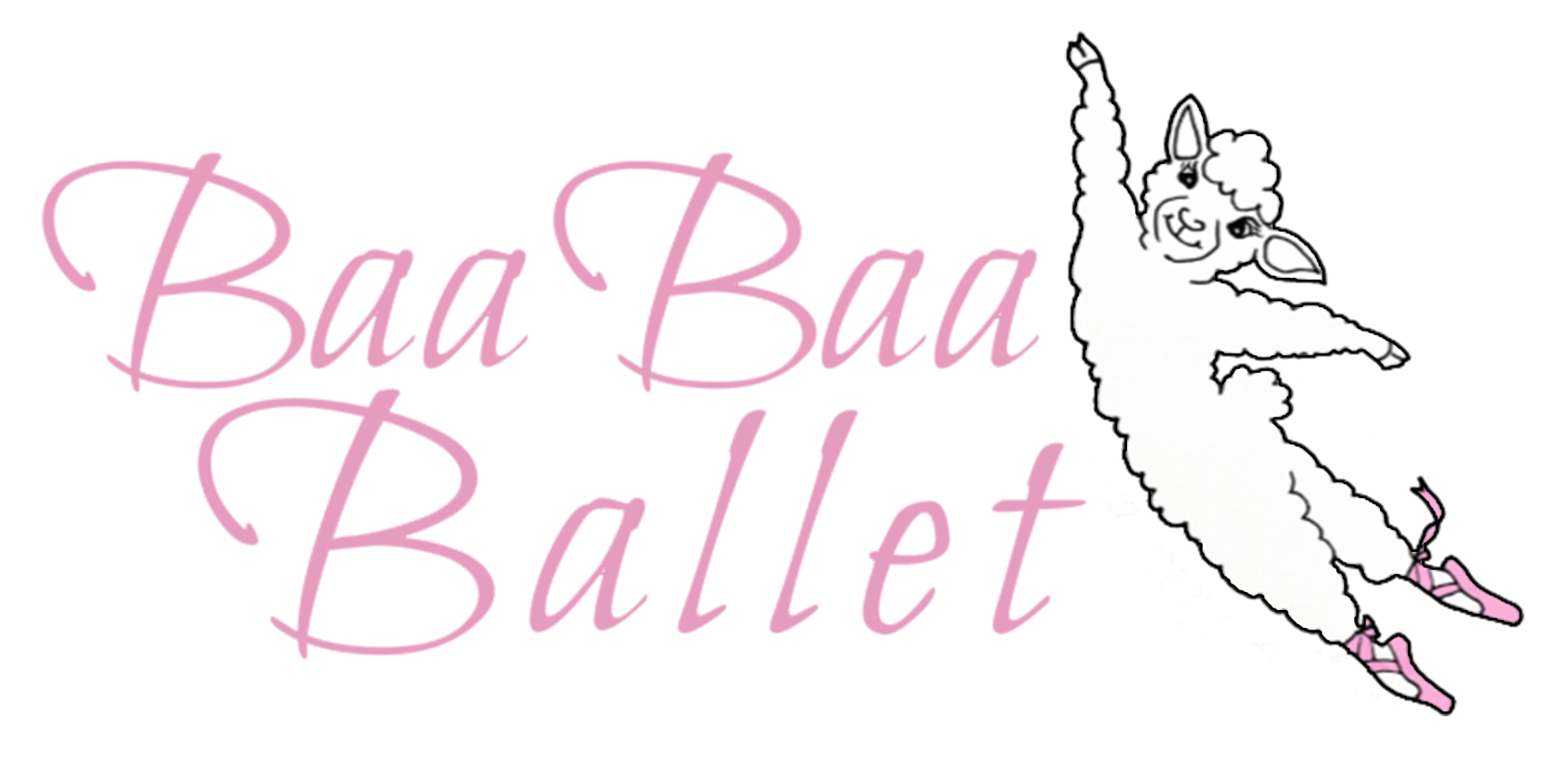
Pointes and Perspective #12 Work Hard, Play Hard
Let's get right into today's discussion,
“Work Hard, Play Hard”
The Importance of Play in Classical Dance Training
Where I will share some thoughts on the importance of being Playful in your Teachings!
~
I am a Professor of Dance at Eastern University, and we just finished our Winter semester. At the end of each course, students are asked to fill out a course evaluation, with specific questions and ratings, but also with a space for additional comments. I am always so grateful and honored to receive testimonials like this one from Sophia Pinkham.
“The thing I love most about Heather’s classes is that she expects the best out of all her students, pushing them to perform each movement with care without typical negative reinforcements found in a dance class setting. Her fun, uplifting personality makes the classroom a fun and motivating environment to be in.”
I was very lucky to have a couple dance instructors in my years of training, who delivered legitimate, classical, thorough training, but with humor, and playfulness. These teachers inspired me to be the teacher I am today. I LOVE ballet. And I LOVE teaching ballet. And I want my students to LOVE ballet!! I want to train them properly and thoroughly. And yes, my friends, you can do both!!
As Sophia mentioned in her testimonial, I push them to perform each movement with care without typical negative reinforcements found in a dance class setting.
Constant “work”, along with negative reinforcements, yes, has been the way of teaching throughout history. But does it have to be that way? Does it have to feel like work? And do teachings, corrections and feedback need to be delivered with negativity?
~
The Power of Playful Learning in the Early Childhood Setting, assures us that “Using a playful learning pedagogical approach enhances teachers ability to help students attain goals and increases participation. When topics are important and relevant to children, they can better identify with the subject and the learning becomes more seamless. Creating playful and joyful experiences leverages the power of active, engaging, meaningful, thinking in powerful ways that lead to increased learning.”
As the historic Proverb reminds us, “All work and no play makes Jack a dull boy”
~
I have worked alongside several teachers who infuse their teachings with love and play, while still upholding the standards and etiquette of ballet class.
Just recently, backstage at the Nutcracker, a young student and I were speaking about their ballet teacher. He said he loved that she could be playful in class, but he giggled that she also means business!
Similarly, one of my students described me as the most patient and playful teacher - but we know when to reel it in!
My friends, you can indeed, teach with love and play, and still teach students the historic class etiquette that is expected of them.
~
I believe, as Gerald May states, “The difference between work and play is only a matter of attitude.”
When fellow teachers ask how I do it - how do I get a class of 3rd graders completely focused on my every word? As I said earlier, I truly LOVE Ballet, and teaching, and I suppose students can feel this, whether I am teaching vocabulary, technique, history, or etiquette, my enthusiasm, and genuine joy and love that I have for it all seeps out as I playfully engage with them. We work hard, because we play hard!
Pointes and Perspective #12 Work Hard, Play Hard
Let's get right into today's discussion,
“Work Hard, Play Hard”
The Importance of Play in Classical Dance Training
Where I will share some thoughts on the importance of being Playful in your Teachings!
~
I am a Professor of Dance at Eastern University, and we just finished our Winter semester. At the end of each course, students are asked to fill out a course evaluation, with specific questions and ratings, but also with a space for additional comments. I am always so grateful and honored to receive testimonials like this one from Sophia Pinkham.
“The thing I love most about Heather’s classes is that she expects the best out of all her students, pushing them to perform each movement with care without typical negative reinforcements found in a dance class setting. Her fun, uplifting personality makes the classroom a fun and motivating environment to be in.”
I was very lucky to have a couple dance instructors in my years of training, who delivered legitimate, classical, thorough training, but with humor, and playfulness. These teachers inspired me to be the teacher I am today. I LOVE ballet. And I LOVE teaching ballet. And I want my students to LOVE ballet!! I want to train them properly and thoroughly. And yes, my friends, you can do both!!
As Sophia mentioned in her testimonial, I push them to perform each movement with care without typical negative reinforcements found in a dance class setting.
Constant “work”, along with negative reinforcements, yes, has been the way of teaching throughout history. But does it have to be that way? Does it have to feel like work? And do teachings, corrections and feedback need to be delivered with negativity?
~
The Power of Playful Learning in the Early Childhood Setting, assures us that “Using a playful learning pedagogical approach enhances teachers ability to help students attain goals and increases participation. When topics are important and relevant to children, they can better identify with the subject and the learning becomes more seamless. Creating playful and joyful experiences leverages the power of active, engaging, meaningful, thinking in powerful ways that lead to increased learning.”
As the historic Proverb reminds us, “All work and no play makes Jack a dull boy”
~
I have worked alongside several teachers who infuse their teachings with love and play, while still upholding the standards and etiquette of ballet class.
Just recently, backstage at the Nutcracker, a young student and I were speaking about their ballet teacher. He said he loved that she could be playful in class, but he giggled that she also means business!
Similarly, one of my students described me as the most patient and playful teacher - but we know when to reel it in!
My friends, you can indeed, teach with love and play, and still teach students the historic class etiquette that is expected of them.
~
I believe, as Gerald May states, “The difference between work and play is only a matter of attitude.”
When fellow teachers ask how I do it - how do I get a class of 3rd graders completely focused on my every word? As I said earlier, I truly LOVE Ballet, and teaching, and I suppose students can feel this, whether I am teaching vocabulary, technique, history, or etiquette, my enthusiasm, and genuine joy and love that I have for it all seeps out as I playfully engage with them. We work hard, because we play hard!

